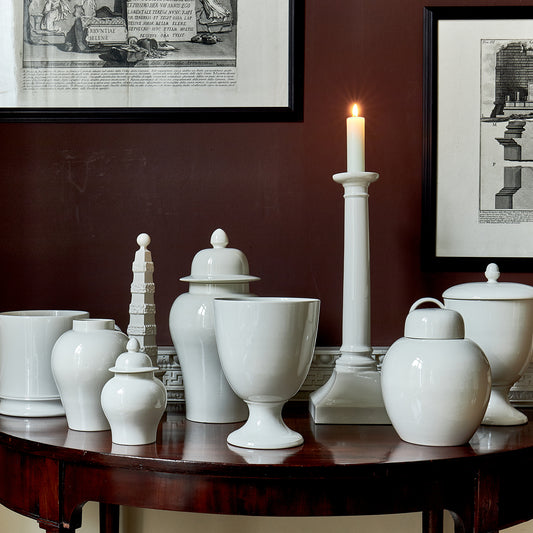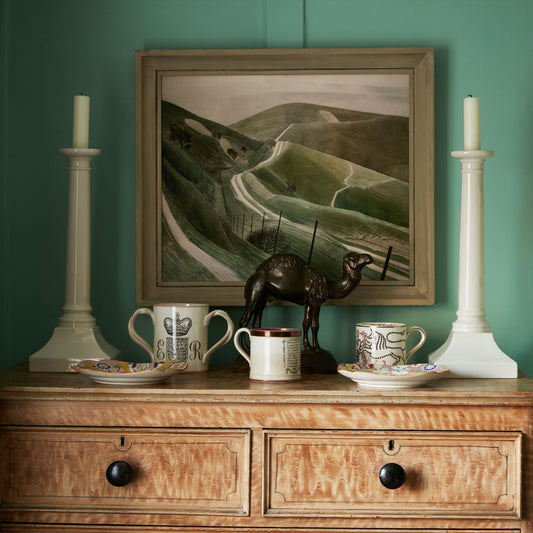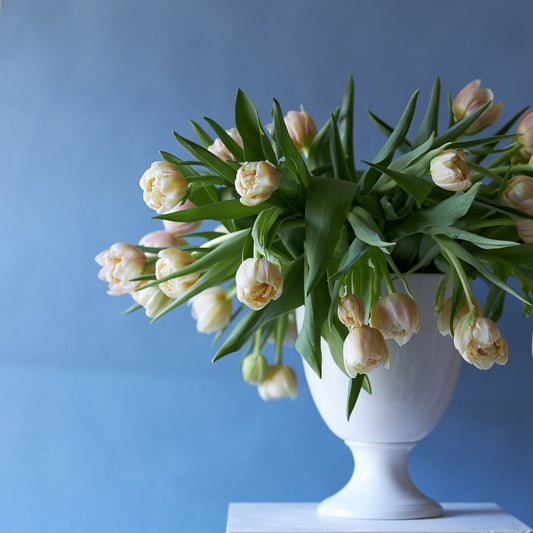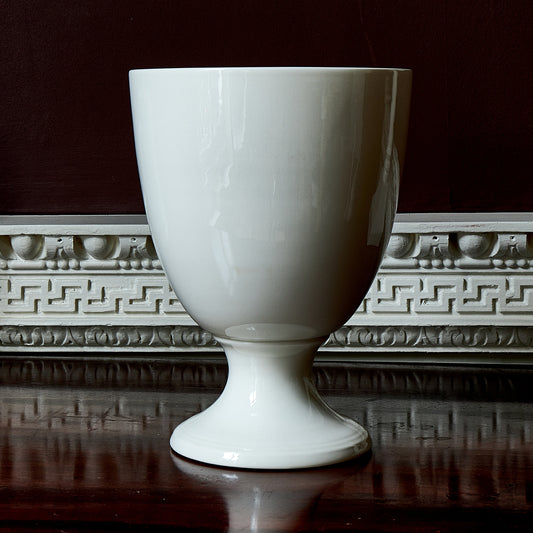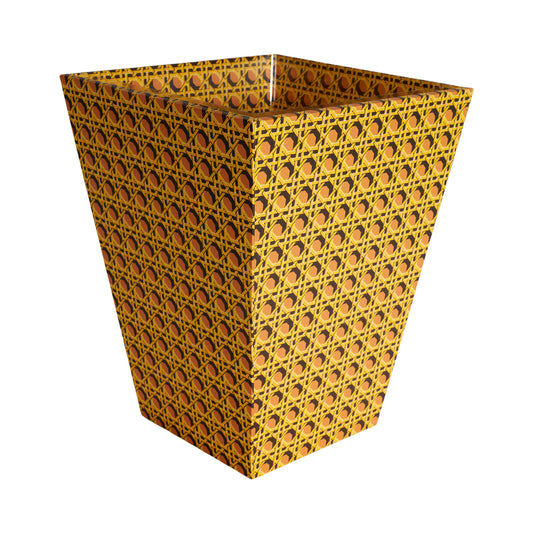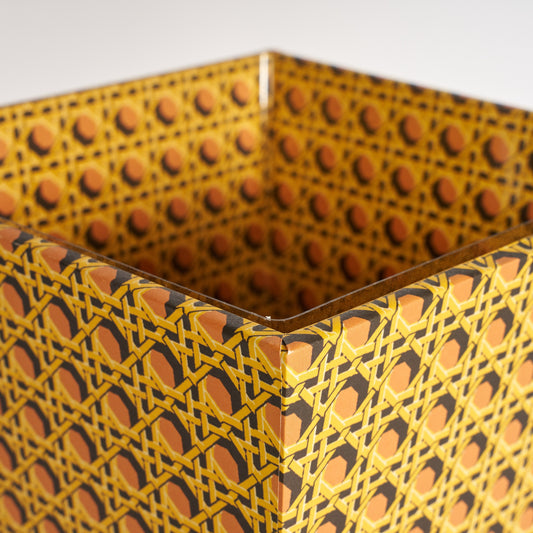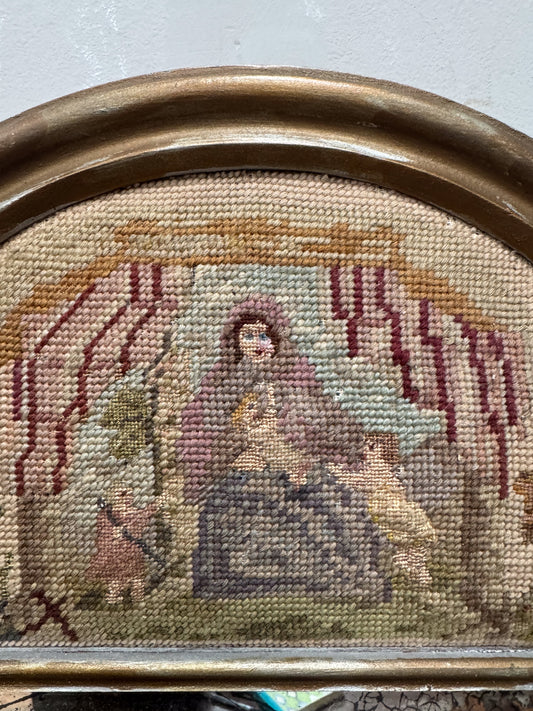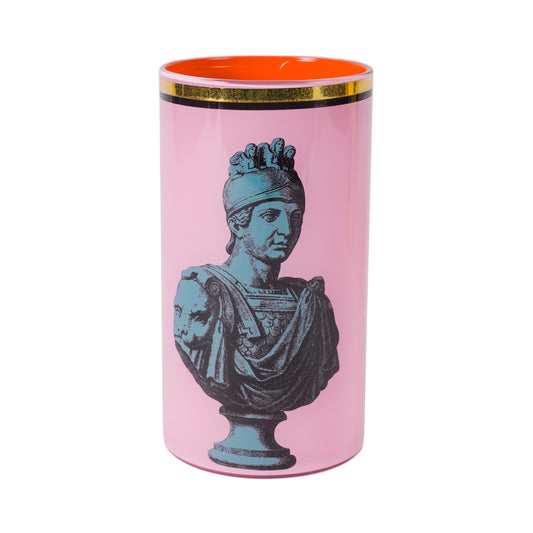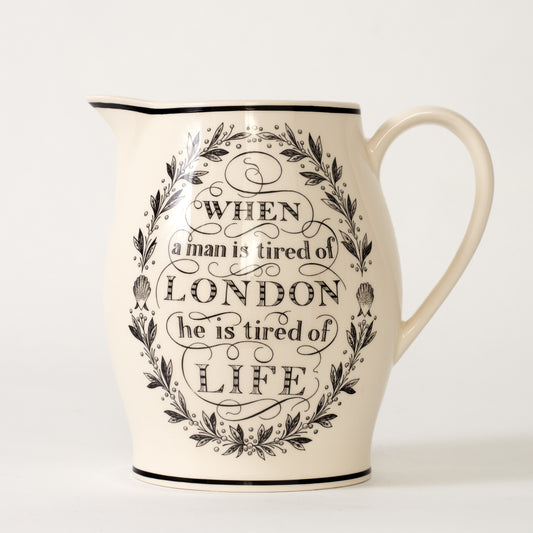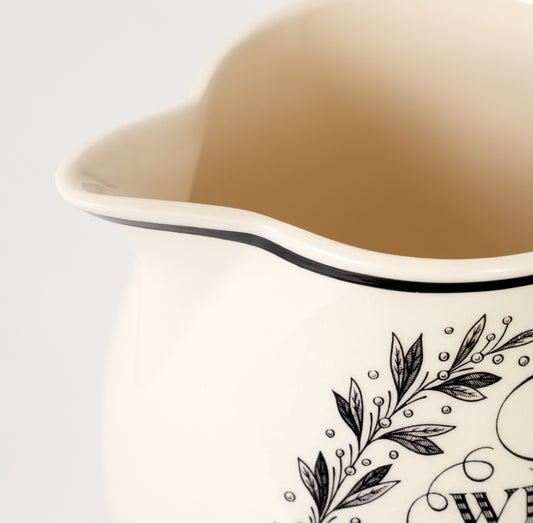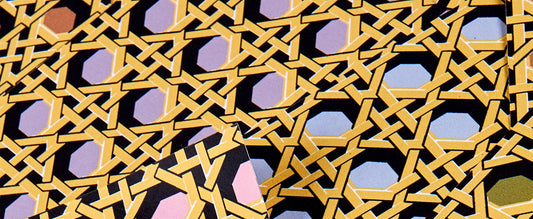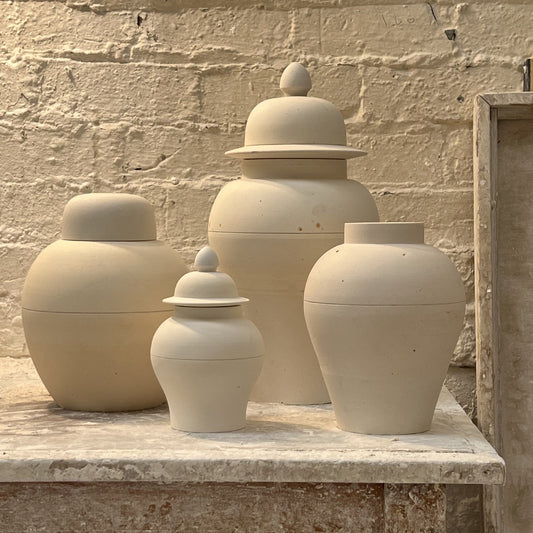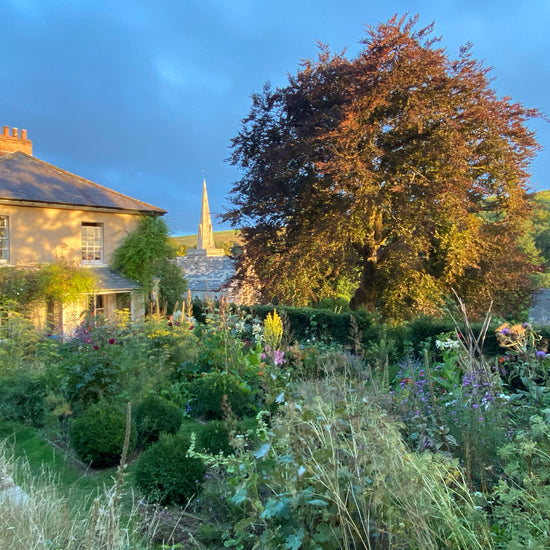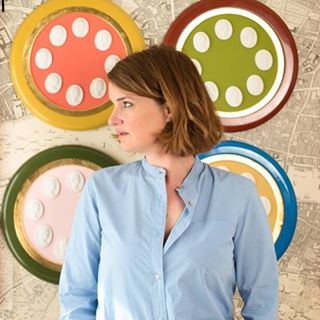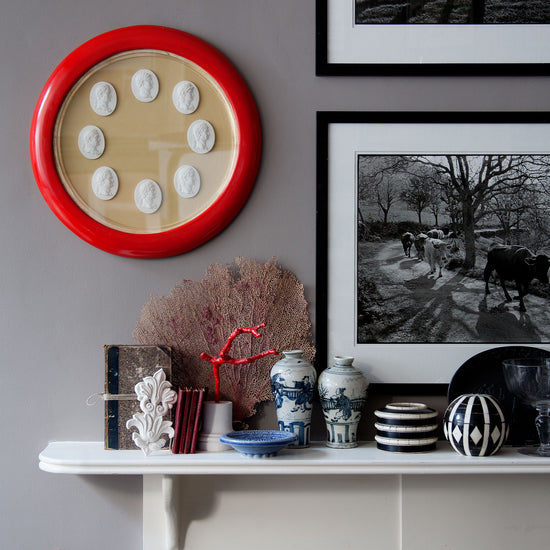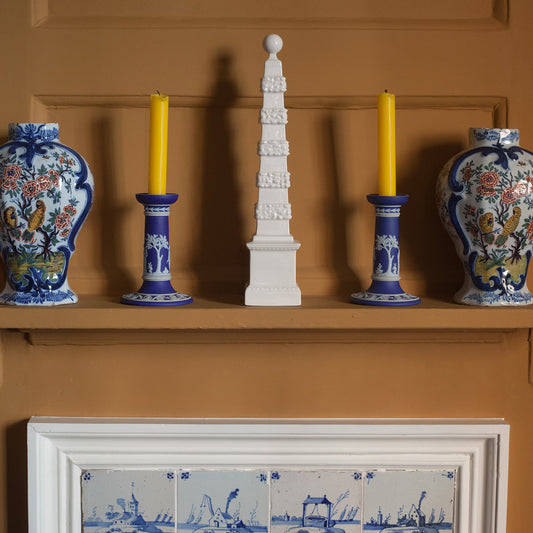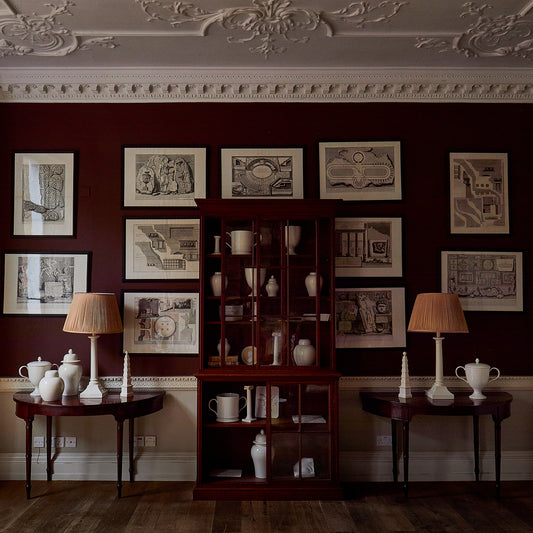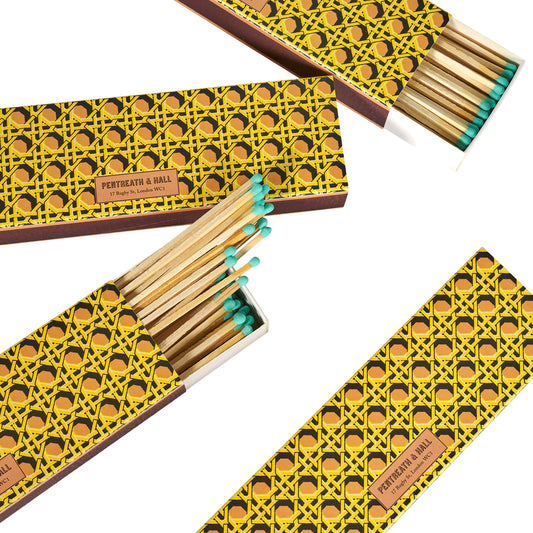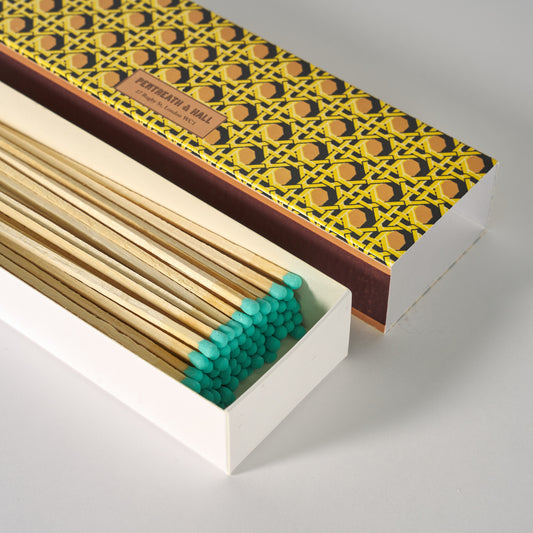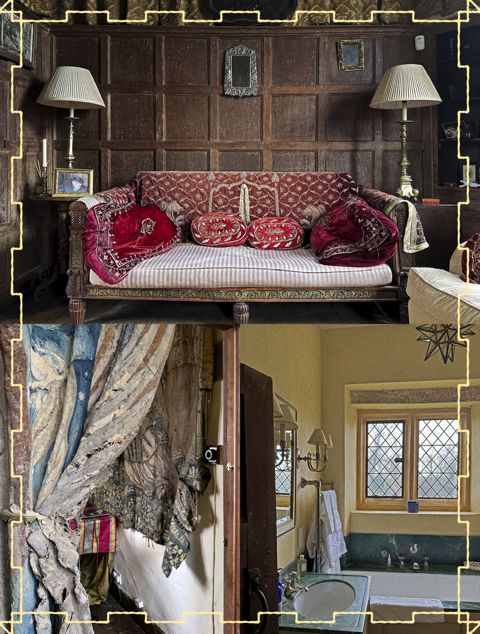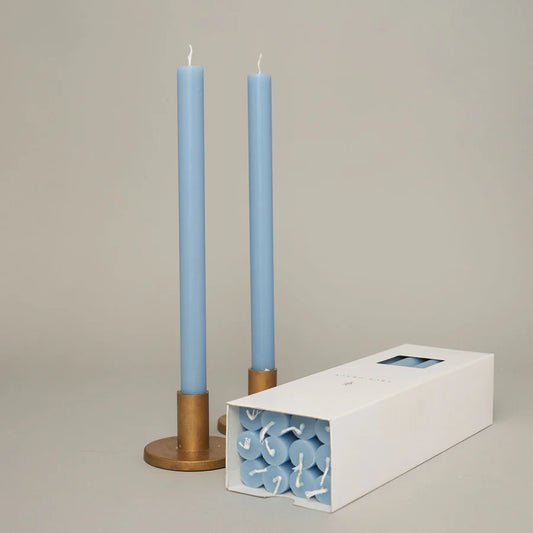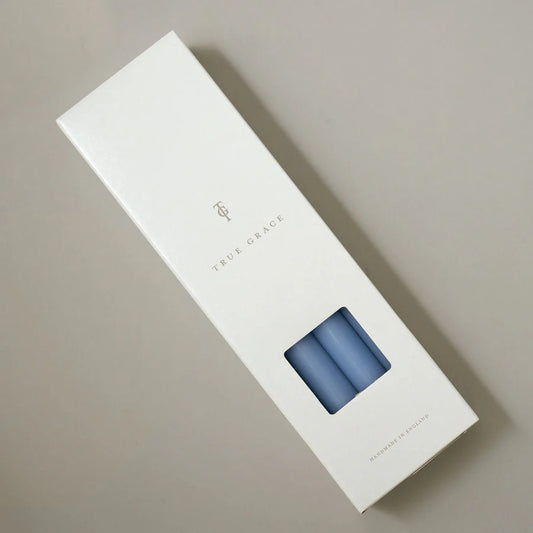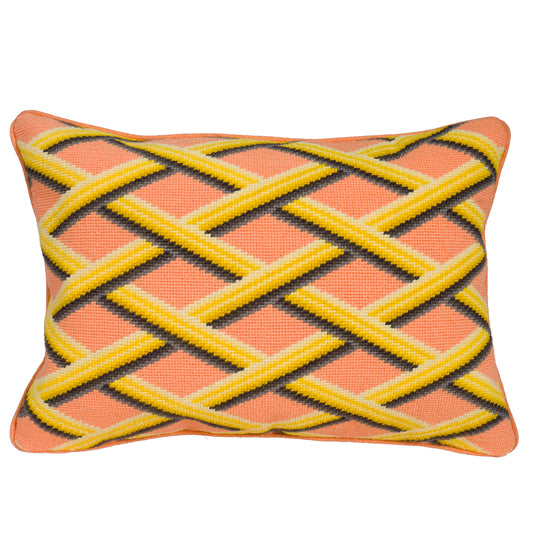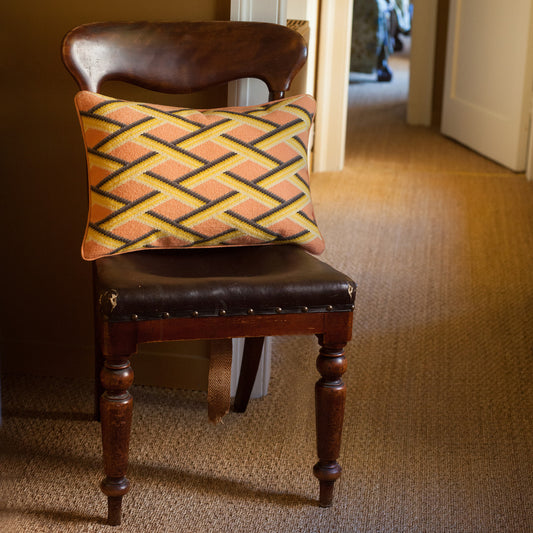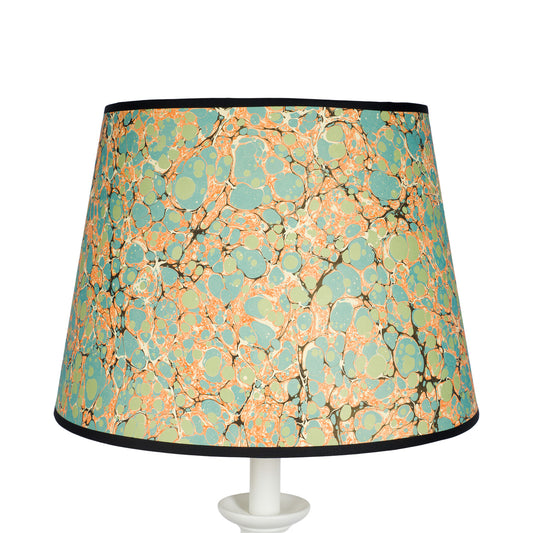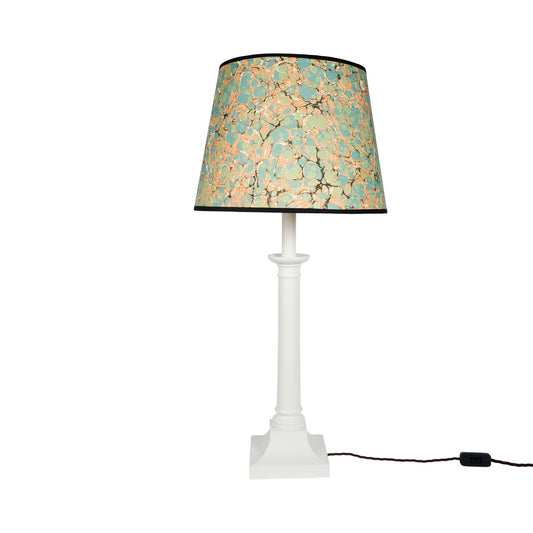Charlie and I are just back from a beautiful few days in Scotland. While the rest of the country was blanketed in snow, we had freezing, clear, sparkling days. We were staying at the incredible Pineapple, maybe the most distinctive of all the Landmark Trust follies, which had always been a building close to Charlie’s heart.
But we started with a night and day in Edinburgh – which I suppose must rank as one of my favourite cities in the world.


The austere simplicity of the New Town is always breathtaking.
My old front door at 34 Howe Street, from when I was a student – still dark blue after all these years.

James Scott Antiques still on the corner of Dundas Street.


The front door that followed Howe Street, also the same colour. 6, Abercromby Place. The boarded up windows were our drawing room. I still remember that incredible flat with its stone staircase and double-height hall, and freezing, tall-ceilinged rooms.

We glimpsed architect Richard Murphy’s own house on Hart Street; Charlie was a bit surprised when I told him it was the RIBA House of the Year in 2016.
Carlton Hill, dreamy in the brilliant light.

We plunged into the Old Town, with narrow wynds and closes off the Royal Mile.
The shadows remained long all day. The sun stays low at this time of year.

Fantastic Victoria Street, which I can’t have walked down for at least 25 years. There used to be a wonderful second-hand book shop here – many of the books still in my office library. I was so sad to see that Cresser’s Brush shop shut up years ago. I’m sure many readers of the blog will remember that beautiful shopfront.
Mavis posing:
Greek revival; greek light.
We left Edinburgh in falling light and arrived at the Pineapple by dark, finding our way up a long track to see the great stone dome looming through the trees. We soon had a fire lit in the wood burning stove. Mavis made herself at home immediately. The Pineapple itself is flanked by two tiny stone bothies. One has the sitting room and kitchen; the other, bedrooms and bathroom. 
At first light we work early and saw an incredible sunrise.



The Pineapple itself is flanked by two long walls of an ancient walled garden. They are blank, because they would have once been the back wall of glasshouses.The walls were double lined and chimney flues ran between the two skins of masonry; fires would be lit to keep the walls warm and the four urns on top of the wall are chimneys. Mavis ignored all this and hurtled around the giant walled garden.



Later that morning we went to St. Andrew’s, via the tiny village of Culross, which had been beautifully restored in the 60s and 70s under the National Trust for Scotland’s Little Houses Improvement Scheme.




The town is amazing. It feels almost Danish in character from time to time. It was also completely deserted (maybe the weather?) which gave it a slightly unreal air.

Possibly our favourite house of all:

The Abbey Church had a good example of the famous stacking plastic chairs that always seem to hang around such places.
And a nice pair of benches, painted sky blue.

St. Andrews was grey and cold and bright, 
and timeless. We bought supper at Minick’s and cheese from I. J. Mellis.
We bought supper at Minick’s and cheese from I. J. Mellis.


I loved the Gospel Hall lettering.
One street had good colours on the doors.


The air was clear but the wind perishingly cold on the beach.

We made our way home and arrived at dusk, and tucked ourselves in for the evening. Are you watching series two of The Crown, I wonder? Probably.
On Sunday we again woke bright and early, but decided on a day of local exploring. The land was deep in frost.






First light:








Even early in the morning, with freezing, freezing air, the south facing red-brick wall was warm.
First we went to explore the Hermit’s Cave – one fragment of the expansive 18th century landscape of Dunmore Park, of which the Pineapple and walled garden formed one eccentric part. 


Tucked in a spinney, we found the cave.

Sadly filled with rubbish and old bits of mattress. We walked on and discovered the ruins of Dunmore Park – a Tudor-esque stone mansion, designed by William Wilkins (architect of the London National Gallery); occupied until the 1960s, but now an empty, stripped-out shell.






The rooms were haunting and sad.
Fragments of great parkland everywhere:



And, surrounding, ever present but still beautiful industrial landscape of the later 20th century.

Dunmore Village, with little cottages around a bowling green.

Heaven.


Elphinstone Tower, a fragment of a much larger tower house that became the mausoleum of the Dunmore family – now itself all sadly a ruin.

Back to the Pineapple. The powerful work of the Landmark Trust in restoring this beautiful building could not be more apparent when seeing these decaying ruins elsewhere in the landscape.

Late afternoon brought out the most beautiful light of all, like stepping into a tiny corner of Italy.







No one knows the architect of the Earl of Dunmore’s incredible creation; no-one even knows quite when it was all built – the current thought being that the Pineapple dome was added to the lower-level loggia after the Earl returned from his (disastrous) tenure as Governor of Virginia for George III.




Last light.
 The following morning, we woke and left early. We we all sad to leave, but above all Mavis really didn’t want to go. We had a long drive ahead of us, back down south, with the great hills of Cumbria, and the central belt of England and the Midlands blanketed in a beautiful covering of thick snow, rolling past us as the hours went by. Blinking, somewhat, we arrived back in the flat in London. Work this week is rather intense, as it always has a habit of being in those last weeks before Christmas; I’m writing from Dorset, where we’ve been overnight – back up to London this morning. The Pineapple already feels like a slightly distant dream, but a wonderful one.
The following morning, we woke and left early. We we all sad to leave, but above all Mavis really didn’t want to go. We had a long drive ahead of us, back down south, with the great hills of Cumbria, and the central belt of England and the Midlands blanketed in a beautiful covering of thick snow, rolling past us as the hours went by. Blinking, somewhat, we arrived back in the flat in London. Work this week is rather intense, as it always has a habit of being in those last weeks before Christmas; I’m writing from Dorset, where we’ve been overnight – back up to London this morning. The Pineapple already feels like a slightly distant dream, but a wonderful one.



